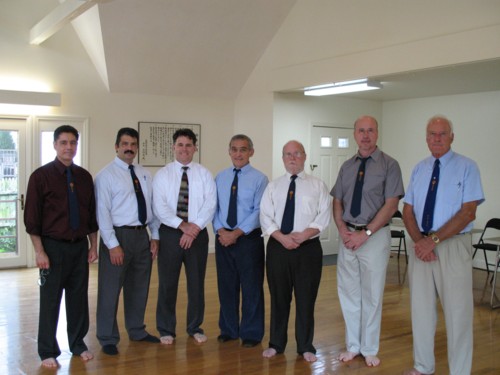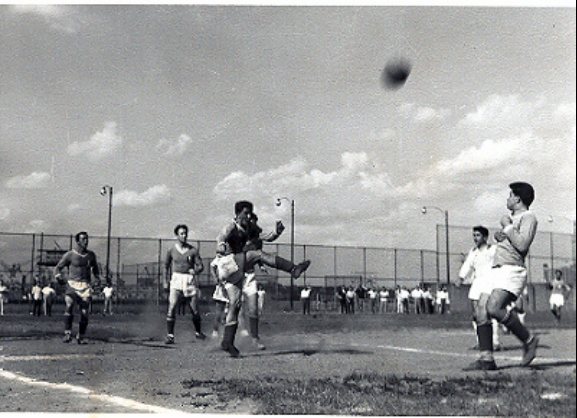Dana wrote:
FWIW I was referring to the knee strike at the beginning of Seisan.
I caught that in the beginning, Dana. But it was still fun running with the discussion.

To be precise, I've always viewed the first knee technique (from crane-on-a-rock posture) to be more tsuki than uchi, and the second one the other way around. But there are exceptions to this rule - particularly in regards to a female applying the move to a taller male.
That's why I like the word "thingie" to describe movements. Circle thingie after lower hand swings. That ain't a block!!!!
These movements can be lots of different things.
Dana wrote:
Do they matter?
In my view, that's a provocative question with no simple answer.
I am pleased there are people such as Toyama Sensei who persevere to preserve something "as they were taught." For historical and anthropologic reasons, this is important.
On the other hand, what is it that we are trying to preserve? Is it the specific moves and/or specific sequences, or the principles that the patterns attempt to codify in a moving reference book?
Even
The Handbook of Chemistry and Physics is a fluid document. Do we really need pages and pages of trig and log tables now that we have calculators? We're killing a lot of trees and making a book bigger than it needs to be by having those sections, right? Frankly if it wasn't for the HP45 calculator coming out when it did, I might have left engineering althogether.
There is value in me being able to grab my gi and meet Dana at a shopping mall to do an impromptu demonstration. The fact that we've kept
something relatively stable is useful.
However as Dana put it...
Dana wrote:
But without significant, accurate hisorical evidence, there's no way of knowing if the kata you received was already changed before you got there.
I'll go one step farther. Assuming that Shushiwa didn't go to the mountain to retrieve tablets from above on the kata, we have to assume that what we have is a distant offspring of many individuals' creative works. And if you view kata in the Fuzhou region today, you see no Uechi Seisan. But you see "it" reflected in places here and there.
Would the last choreographer of "our" version of Seisan - likely one in a long line of choreographers - be mildly amused at our efforts to preserve what we think "it" is? Food for thought.
- Bill


